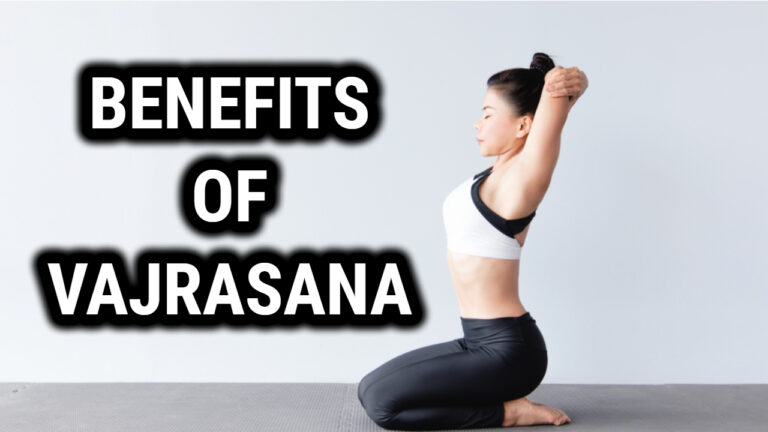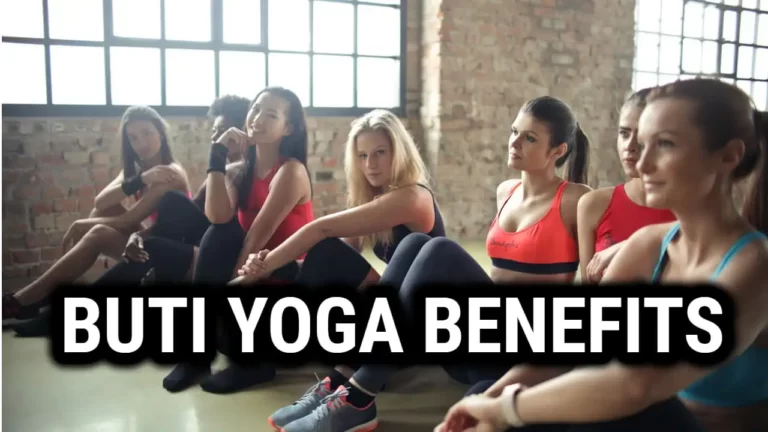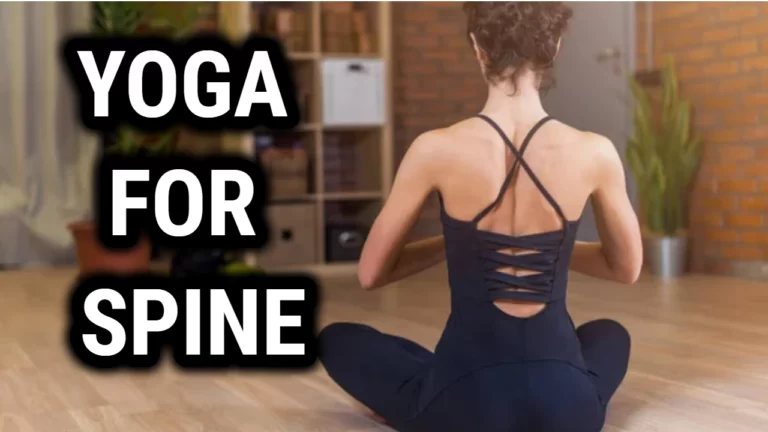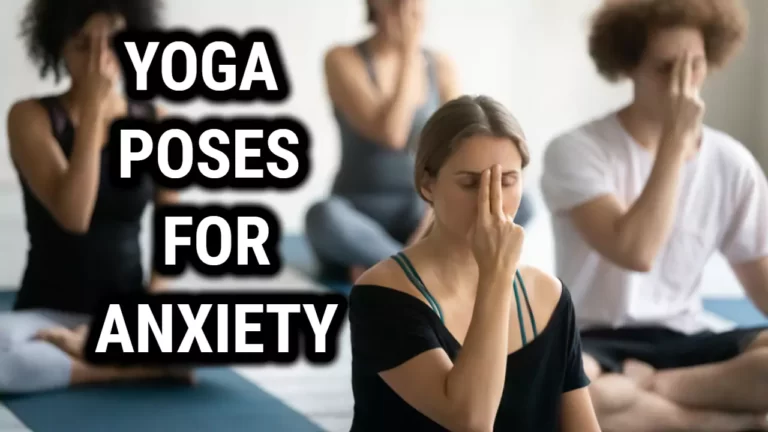Yoga Poses For Depression: Relieve Stress and Boost Your Mood
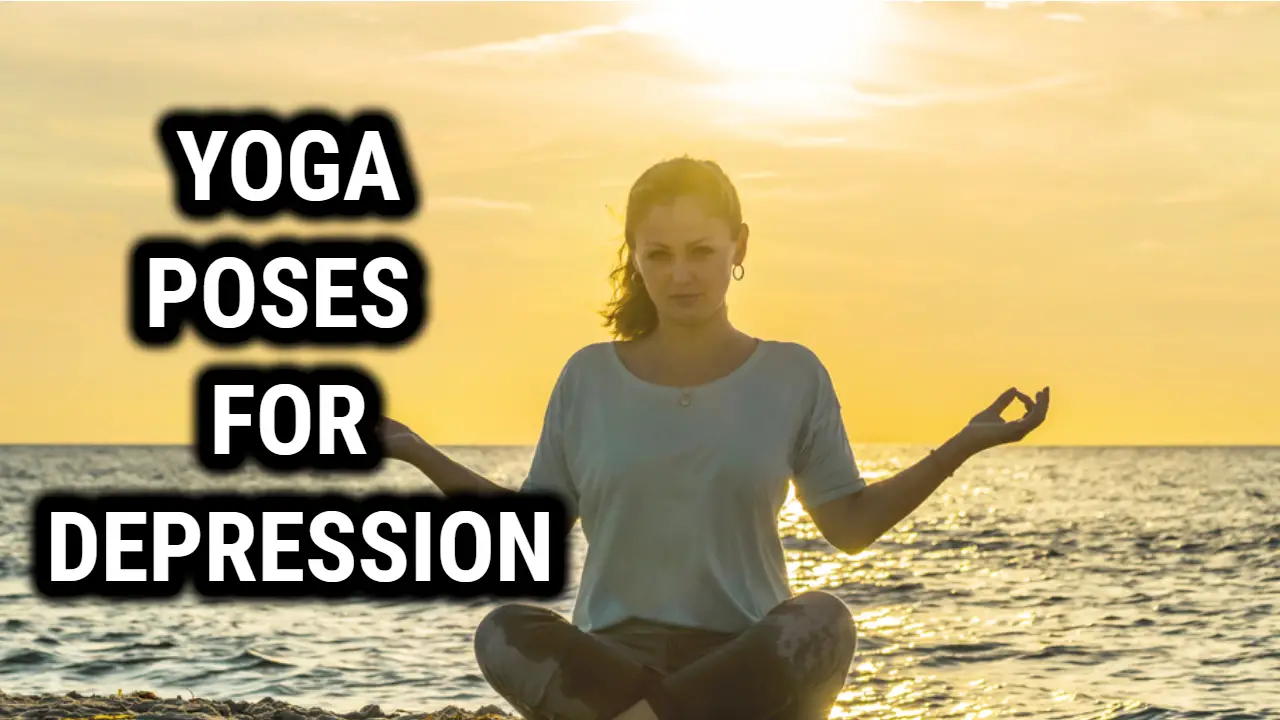
Depression is a common mental health condition that can affect anyone, regardless of age, gender, or background. While there are many treatment options available, including medication and therapy, some people turn to yoga as a complementary therapy to help manage their symptoms.
There are many different yoga poses that can be helpful for people with depression. Some poses are designed to help calm the mind and reduce stress, while others focus on opening up the chest and increasing energy levels. By incorporating these poses into a regular yoga practice, individuals with depression may be able to improve their mood, increase their sense of well-being, and better manage their symptoms.
What is Depression?
Depression is a common mental health disorder that affects millions of people worldwide. It is characterized by a persistent feeling of sadness, hopelessness, and loss of interest in activities that were once enjoyable. Depression can affect anyone, regardless of age, gender, or social status.
Symptoms of Depression
The symptoms of depression can vary from person to person, but some common signs include:
- Feelings of sadness, emptiness, or hopelessness
- Loss of interest in activities that were once enjoyable
- Changes in appetite or weight
- Difficulty sleeping or sleeping too much
- Loss of energy or fatigue
- Feelings of worthlessness or guilt
- Difficulty concentrating or making decisions
- Recurrent thoughts of death or suicide
It is important to note that not everyone with depression experiences all of these symptoms, and some people may experience symptoms that are not listed here. If you or someone you know is experiencing any of these symptoms, it is important to seek help from a healthcare professional.
Causes of Depression
Depression can be caused by a variety of factors, including:
| Biological Factors | Changes in brain chemistry, genetics, and hormonal imbalances can all contribute to the development of depression. |
| Environmental Factors | Stressful life events, such as the loss of a loved one, financial problems, or relationship difficulties, can trigger depression. |
| Psychological Factors | Low self-esteem, negative thinking patterns, and a history of trauma or abuse can all increase the risk of developing depression. |
It is important to note that depression is a complex disorder, and there is no single cause. Rather, it is often a combination of biological, environmental, and psychological factors that contribute to its development.
How Does Yoga Help with Depression?
Yoga is a practice that has been used for centuries to promote physical, mental, and emotional well-being. It is a gentle exercise that combines controlled, physical movements with meditation and breathing practices. Studies show that yoga therapy can help with stress, anxiety, and depression.
The Science Behind Yoga and Depression
Yoga has been shown to affect the body in several ways that can help alleviate symptoms of depression. Firstly, it increases the production of gamma-aminobutyric acid (GABA) in the brain. GABA is a neurotransmitter that helps to regulate anxiety and mood. Research has found that people with depression have lower levels of GABA in their brains than people without depression.
Secondly, yoga has been found to increase the production of serotonin, a neurotransmitter that helps to regulate mood, appetite, and sleep. Low levels of serotonin have been linked to depression, and many antidepressant medications work by increasing the levels of serotonin in the brain.
Thirdly, yoga has been found to decrease the levels of cortisol, a hormone that is released in response to stress. High levels of cortisol have been linked to depression, anxiety, and other mental health problems.
Finally, yoga has been found to increase heart rate variability (HRV), which is a measure of the variation in time between each heartbeat. Low HRV has been associated with depression, anxiety, and other mental health problems. Increasing HRV through yoga may help to improve mood and reduce symptoms of depression.
Overall, yoga is a promising complementary therapy for depression that can help to regulate mood, reduce stress, and improve overall well-being. However, it is important to note that yoga should not be used as a replacement for conventional treatments for depression, such as medication and therapy.
Best Yoga Poses for Depression
Yoga is an effective way to alleviate symptoms of depression. It can help to reduce stress, increase relaxation, and improve mood. Here are some of the best yoga poses for depression:
Child’s Pose
Child’s Pose is a gentle yoga pose that can help to calm the mind and reduce stress. It is a great pose for beginners and can be done at any time of day. To do Child’s Pose, start on your hands and knees, then sit back on your heels and stretch your arms out in front of you. Rest your forehead on the mat and breathe deeply for several breaths.
Downward-Facing Dog
Downward-Facing Dog is a popular yoga pose that can help to energize the body and calm the mind. It is a great pose for improving circulation and reducing stress. To do Downward-Facing Dog, start on your hands and knees, then lift your hips up and back until your body forms an inverted V-shape. Press your hands and feet into the mat and breathe deeply for several breaths.
Bridge Pose
Bridge Pose is a gentle backbend that can help to open the chest and reduce stress. It is a great pose for beginners and can be done at any time of day. To do Bridge Pose, lie on your back with your knees bent and your feet flat on the mat. Lift your hips up towards the ceiling and interlace your fingers underneath your back. Breathe deeply for several breaths.
Seated Forward Bend
This pose is beneficial in combatting depression due to its meditative breathing, mindful stretching, and calming effects. When doing this pose, one should keep their spine straight while seated on the floor with their legs outstretched. The arms should be extended above the head and palms facing forward.
Slowly, lower your torso towards your legs while keeping your back as flat as possible. With each inhale, focus on expanding the ribcage outward and with each exhale move a little deeper into the stretch. As you hold this pose, practice deep meditative breathing so that you can truly relax both body and mind.
Mindful stretching also allows you to become more aware of your body’s physical sensations which can help reduce stress levels. Seated Forward Bend has many mental health benefits such as reducing anxiety and improving cognitive ability. It increases circulation to the brain which helps increase mood-enhancing hormones such as serotonin and dopamine thus decreasing feelings of despair or sadness associated with depression.
Additionally, it has emotional benefits because it encourages acceptance of yourself in any given moment as well as releasing suppressed emotions from within your body. Therefore, Seated Forward Bend can be an effective way to start tackling depression through yoga poses.
Corpse Pose
Corpse Pose is a relaxing yoga pose that can help to reduce stress and promote relaxation. It is a great pose for beginners and can be done at any time of day. To do Corpse Pose, lie on your back with your arms and legs extended. Close your eyes and breathe deeply for several minutes.
These yoga poses can be done individually or as part of a yoga sequence. They can be done at any time of day and are a great way to reduce stress, increase relaxation, and improve mood.
Yoga Routines for Depression
Yoga is an effective way to alleviate depression symptoms. It helps to reduce stress, anxiety, and promote relaxation. Here are two routines that can help:
Morning Routine
Starting the day with yoga can help to set a positive tone for the rest of the day. Here are some poses that can be included in a morning routine:
- Mountain Pose (Tadasana)
- Standing Forward Bend (Uttanasana)
- Downward-Facing Dog (Adho Mukha Svanasana)
- Warrior I (Virabhadrasana I)
- Tree Pose (Vrksasana)
These poses help to stretch and strengthen the body, while also calming the mind. Practicing these poses for 10-15 minutes in the morning can help to improve mood and energy levels throughout the day.
Evening Routine
An evening yoga routine can help to release tension and promote relaxation before bedtime. Here are some poses that can be included in an evening routine:
- Child’s Pose (Balasana)
- Seated Forward Bend (Paschimottanasana)
- Butterfly Pose (Baddha Konasana)
- Corpse Pose (Savasana)
These poses help to release physical and mental tension, while also calming the mind. Practicing these poses for 10-15 minutes in the evening can help to improve sleep quality and reduce symptoms of depression.
Precautions and Tips
When to Avoid Yoga for Depression
Yoga is generally safe for most people, but there are some cases where it may not be recommended. If you have any of the following conditions, it’s best to avoid yoga or talk to your doctor before starting:
- Recent surgery or injuries
- Severe osteoporosis
- Uncontrolled high blood pressure
- Glaucoma
- Pregnancy
Tips for Practicing Yoga Safely
To ensure a safe and effective yoga practice, keep the following tips in mind:
- Start slow and gradually increase intensity and duration
- Listen to your body and don’t push yourself too hard
- Use props like blocks and straps to modify poses if needed
- Breathe deeply and evenly throughout your practice
- Stay hydrated and take breaks as needed
- Choose a qualified instructor who can guide you through proper alignment and modifications
Remember that yoga is a complementary therapy and should not be used as a substitute for professional medical treatment. If you’re experiencing symptoms of depression, it’s important to seek help from a qualified mental health professional.
Conclusion
Yoga is a holistic approach to treating depression that can be used in conjunction with traditional treatment methods. It is a practice that can be adapted to fit individual needs and preferences. The poses and techniques discussed in this article are just a starting point for those looking to incorporate yoga into their depression management plan.
Those experiencing symptoms of depression should seek the guidance of a mental health professional before beginning any new exercise regimen.
With that being said, yoga can be a powerful tool in managing depression symptoms. Practicing yoga regularly can help reduce stress levels, increase feelings of well-being, and improve overall physical health. By incorporating yoga into their daily routine, individuals with depression can take an active role in their own mental health and well-being.
Remember, everyone’s journey with depression is different, and what works for one person may not work for another. It is important to listen to your body and do what feels right for you. With time, patience, and dedication, yoga can be a valuable tool in the fight against depression.

